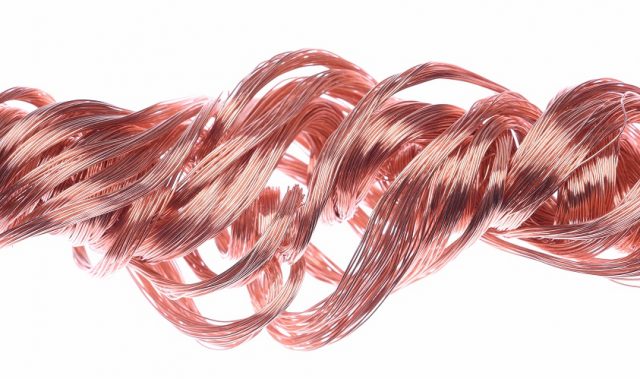
AsianScientist (Sep. 2, 2014) – Japanese scientists have developed a new method to regulate the self-assembly of molecules used in organic electronics development. The findings, published in Nature Chemistry, could facilitate the development of light-based molecular electronics.
In the field of organic electronics materials, self-assembly is a phenomenon where molecules characterized by a chemical bond known as π-conjugation spontaneously arrange themselves in an organized manner. Though essential, this process is difficult to fine-tune.
In this study, an international research group led by Dr. Takashi Nakanishi and Dr. Martin J. Hollamby of the National Institute for Materials Science in Japan, have developed a novel method to precisely regulate timing of the process, as well as the structure and function of the derived π-conjugated molecules.
They used branched alkyl chains attached to fullerene (C60) molecules to selectively direct the assembly of fully hydrophobic molcules containing both alkyl segments and π-conjugated segments. The addition of the fullerene component caused self-assembly into a multi-layered lamellar (sheet) structure.
Meanwhile, the alkyl chain catalyzed the formation of a globular micelle or a fibrous gel structure. This observation was further confirmed using alkylated molecules with non-C60 π-conjugated components, suggesting that this proposed method is a new self-assembly technique that could be broadly applied to the field of π-conjugated molecules in optoelectronics.
The study authors suggest that π-conjugated molecules which are kept as liquid at room temperature could be directly coated onto various shapes and geometries of substrate surfaces in advance. The addition of π-conjugated segments will allow self-assembly to occur immediately. Since the assembled multi-layered lamellar sheet structure or gel fiber structure will exhibit C60-derived photoconductivity, the desired structure can be selected accordingly.
Overall, the scientists observed that by changing the solution parameters, several structures could be formed from a single hydrophobic amphilic molecule, permitting an unprecedented amount of control over the self-assembly of the π-conjugated units. They expect their results to be widely applied as a new self-assembly technique that enables more precise production of organic electronic devices.
The article can be found at: Hollamby et al. (2014) Studying the function of soft molecular systems by the concerted use of theory and experiment.
——-
Source: National Institute For Materials Science.
Disclaimer: This article does not necessarily reflect the views of AsianScientist or its staff.












